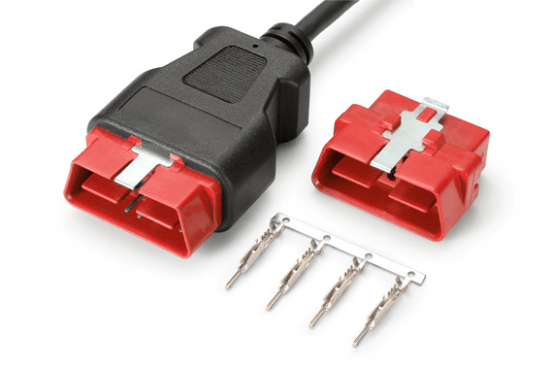The jacket refers to a connector that is injection-molded and press-molded from engineering plastics, PVC materials, or metal materials, thereby protecting the connection points and the role of connecting various electrical appliances. Support the protection terminal to make it firmly contact, accurately position, dustproof, antifouling, moistureproof, insulation protection, etc. Commonly used sheath materials are mainly PA6, PA66, ABS, PBT, PP, PVC, etc. When designing the plug-in, you can choose different materials according to different needs, and add flame retardant or reinforcing materials to the plastic according to the actual situation, in order to achieve the purpose of strengthening or flame retardant, such as adding glass fiber reinforcement.

The materials and properties of commonly used terminals are as follows: brass (copper-zinc alloy) has the characteristics of low cost, good elasticity, and good forming quality, but it is easy to crack under stress and corrosion, and phosphor bronze (copper-tin alloy) has good elasticity. Relatively sturdy, but with lower conductivity and higher price than brass. Quilted copper (copper quilted alloy) has excellent electrical conductivity, strength, elasticity, good corrosion and wear resistance, high price, and hardness, and the material code and performance refer to QC/T417 “Automotive Harness Connector Standard”.
Tin and tin-lead alloy terminals have corrosion resistance and better solderability, gold-plated terminals have excellent oxidation resistance and good conductivity, and nickel-plated terminals also have excellent corrosion resistance. Electroplating is to improve electrical conductivity, corrosion and abrasion resistance, and solderability. When picking up terminals, generally use tinned terminals with chain straps. Choose gold-plated terminals, and replace the hole-type connectors with fixed hooks to prevent rotation.
